Researchers in Japan have overcome steric hindrance to install phenyl groups on all 10 alkoxy positions of pillar[5]arenes for the first time.
Pillar[n]arenes form cylindrical pillars, giving them their name. Like other macrocycles, they can incorporate guest molecules in their central pore and have a multitude of uses including sensing and drug delivery.
Developing novel pillar[n]arenes is a desired but challenging goal. One way to achieve this is by substituting the alkoxy groups on the rim, which typically changes the macrocycle’s properties. However, when this substitution involves bulky aromatic groups, steric hindrance makes substitution at multiple sites challenging. Although five-membered rings have previously been substituted onto pillar[n]arenes, the resulting structures were crushed rather than pillar-shaped. This in turn impacted their ability to take part in host–guest chemistry.
Now, Tomoki Ogoshi’s research group at Kyoto University, which created the first pillar[n]arene, has added phenyl substituents to all 10 available positions on pillar[5]arene. Although the steric hindrance from these bulky groups was a hurdle to full substitution, the researchers were able to achieve this by using a carbene-coordinating palladium complex. This catalyst was more stable than those previously used, allowing them to increase the temperature of the reaction. The resulting compounds adopted the classic pillar structure.
The host–guest ability of the new per-aryl pillar[5]arenes was limited, which may be partly due to steric hindrance at the rims. However, one of the new pillar[5]arenes was able to incorporate a dichloromethane molecule in its pore. The study demonstrated that small changes in steric hindrance can alter the properties of pillar[n]arenes and potentially the structures of macrocycles in general.

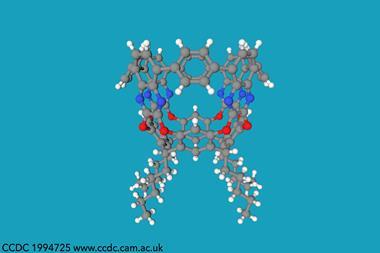

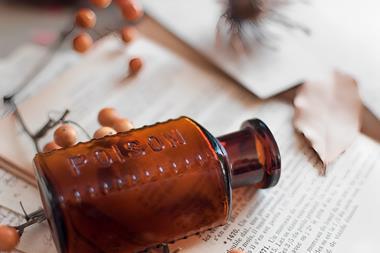



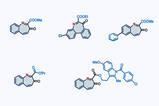


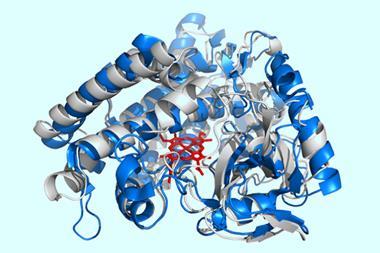
![Terphen[3]arene](https://d2cbg94ubxgsnp.cloudfront.net/Pictures/380x253/7/3/6/518736_d2cc00040gf1_733670.jpg)
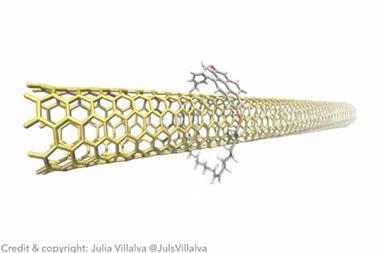
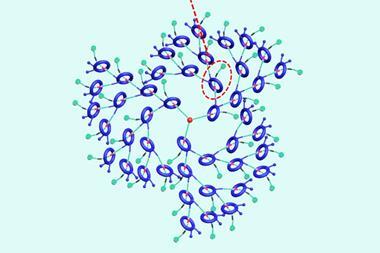
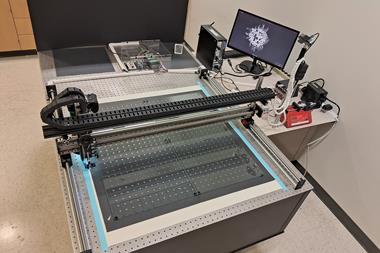
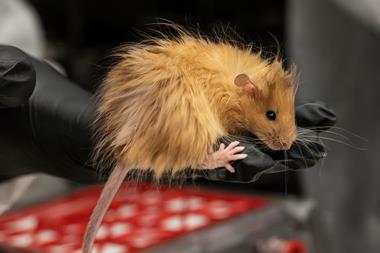








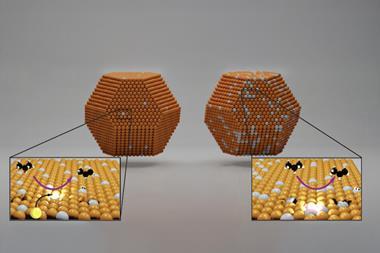
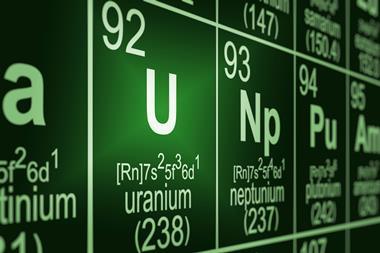
No comments yet